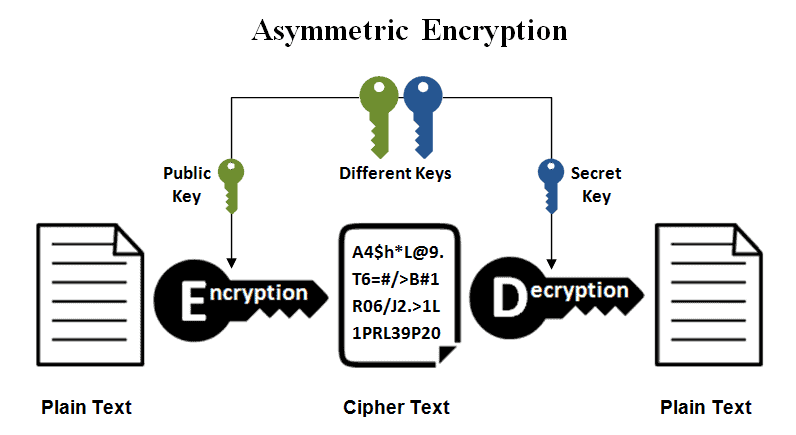
by GOC Blogger | Sep 2, 2021 | Blog
How to generate SSH key The instructions below will walk you through the steps of generating an SSH key, based on the system you use: Windows Linux/MacOS For Windows 1. Download and run a SSH keygen tool, for example, PuTTYgen: 2. Specify the following parameters:...
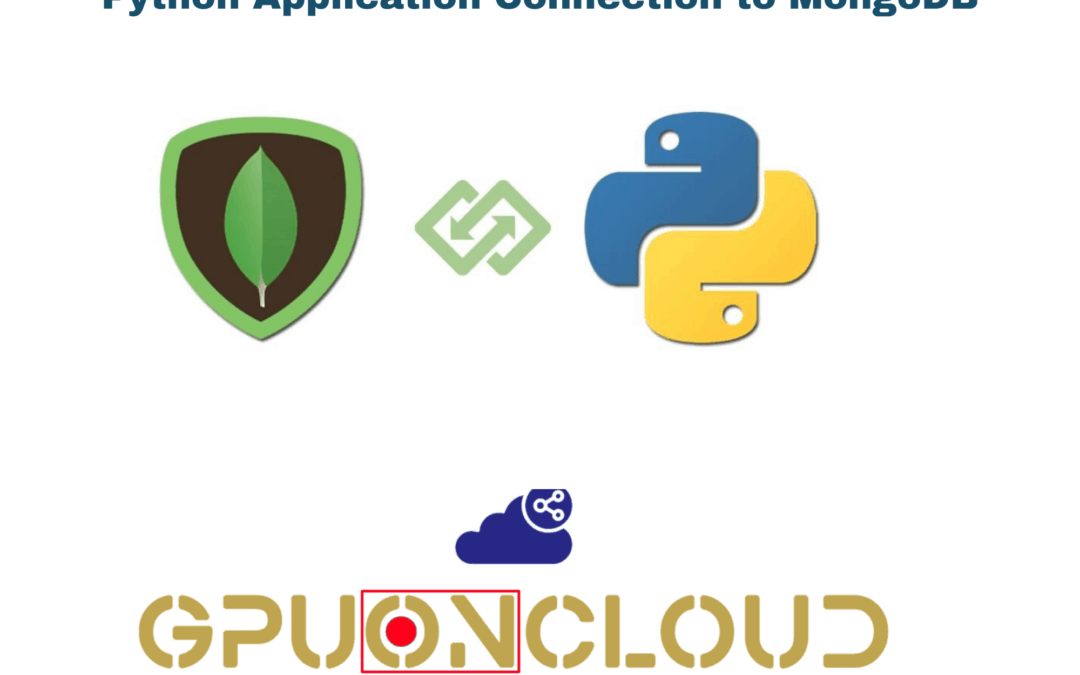
by GOC Blogger | Sep 1, 2021 | Blog
Python Application Connection to MongoDB MongoDB is one of the most popular NoSQL databases, which allows developers to easily work with the stored data. This tutorial provides an example of connection to the MongoDB server from your Python application. In our case we...

by GOC Blogger | Sep 1, 2021 | Blog
How to Deploy Django App to GPUonCLOUD Cloud Django is an open-source framework for Python applications. It helps to simplify the process of creating complex and database-driven web-applications, each of which can consist of a few pluggable modules. Due to such an...
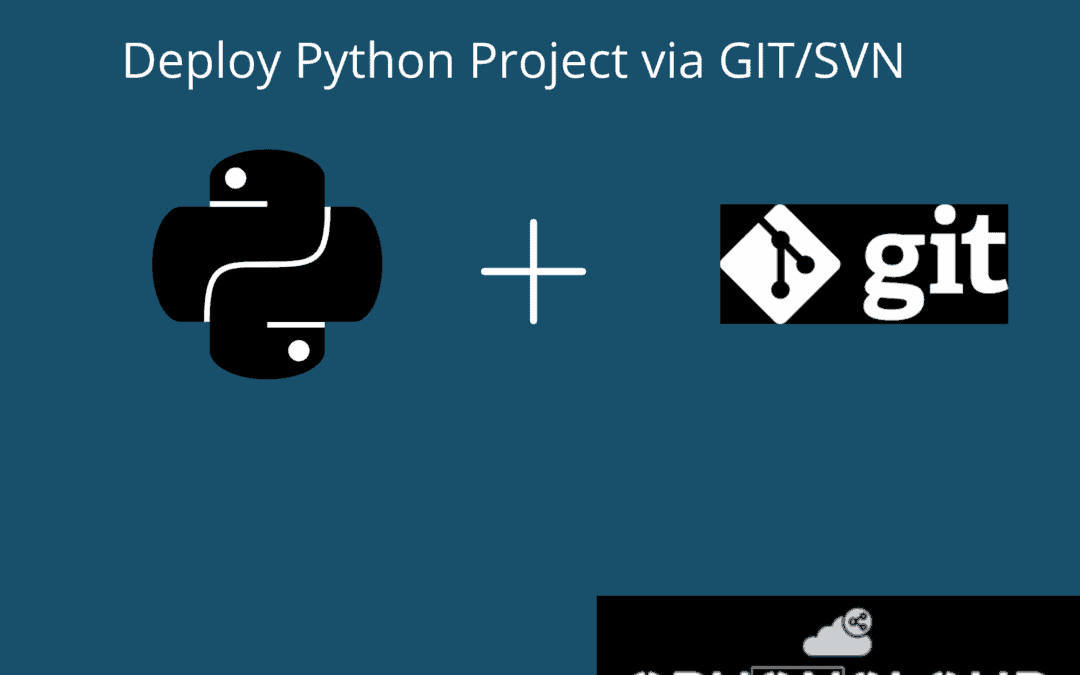
by GOC Blogger | Sep 1, 2021 | Blog
Deploy Python Project via GIT/SVN You can host any public or your private Python project at GPUonCLOUD using the GIT or SVN version control system. It will be properly deployed to the GPUonCLOUD Cloud with all the required submodules and dependencies, exported from...
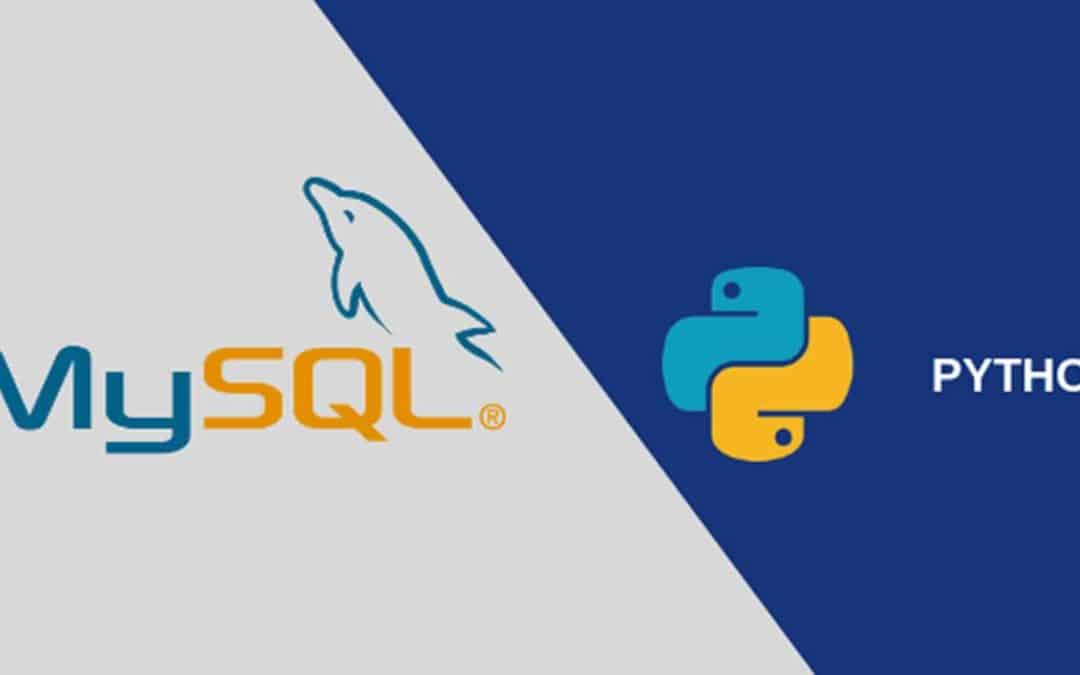
by GOC Blogger | Sep 1, 2021 | Blog
Python Application Connection to MySQL MySQL is a highly popular open source database, used by developers all over the world. In this instruction we’ll show you how to connect your Python application, hosted within GPUonCLOUD Cloud, to this DB server. In our example,...
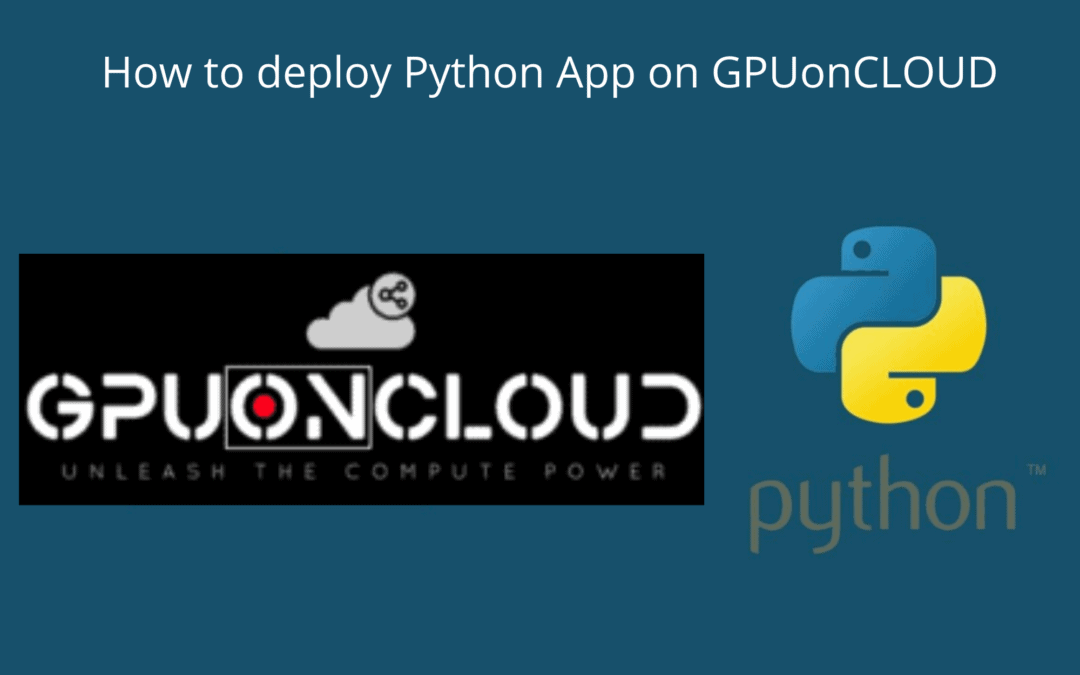
by GOC Blogger | Sep 1, 2021 | Blog
Upload and Deploy Your Python Application With GPUonCLOUD you can easily upload and deploy any Python app via Archive or URL. The given below instruction shows the steps you should perform in order to get your Python application hosted with GPUonCLOUD PaI. 1.Upload...







